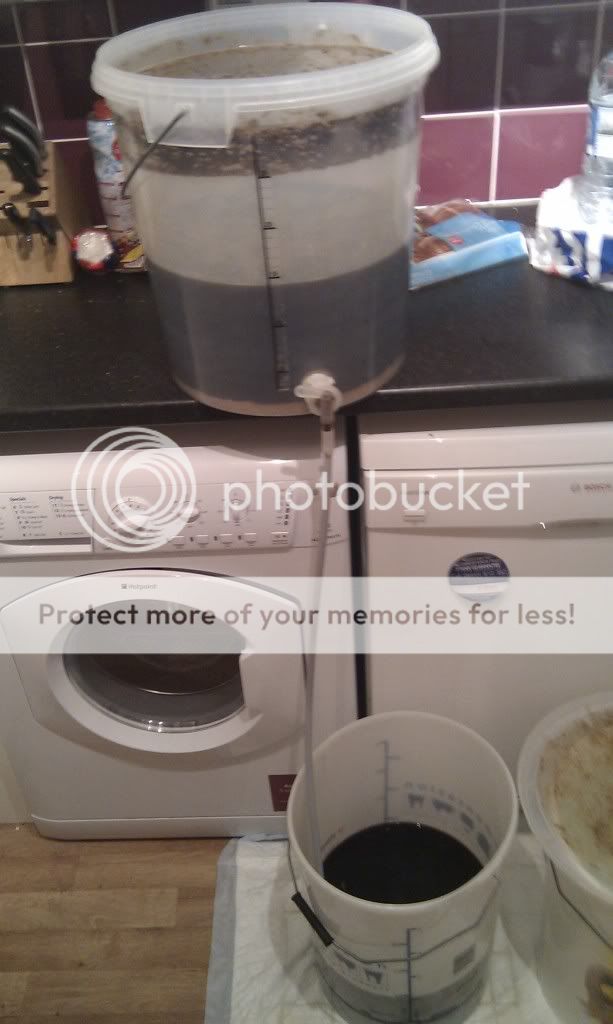So, now that I've got the more basic parts of brewing sorted it is time to deal with the aspect of brewing that leaves me cold. Water chemistry.
I was never much of a student at school and, although I loved chemistry dearly, Mrs Flowerdew seemed to take my enthusiasm for being a pain in the arse and issued me with minuses for effort on a monthly basis. Consequently, in spite of scoring a respectable, if not outstanding, 66% in the end of year exam, I was not selected to take the subject to O level.
Couple that with a general crapness at maths and maybe you can begin to see my reticence to attempt water chemistry.
Luckily for me at The Home Brew Forum they have a series of really useful calculators and together with a water report from my local water company, it completely demystified the whole process for me. Having said this, I've yet to brew a beer with the modified water, erm sorry liquor, so perhaps I ought to reserve judgement.
First things first, I needed to get a water quality report from my water provider. This proved to be easier than some pro brewers have found. I went on my water providers website and filled in the contact form, 10 days later (not bad given that we've had two consecutive bank holiday weekends) I have a water report from which I plug the relevant concentrations into the THBF's water treatment calculator, then choose a beer style from the drop down menu and away we go.
The last word on water chemistry calculations should go to Yellerbelly Brewery who blogged about it a year ago. He keeps winning beer competitions so he must be doing something right and I suspect attention to detail is a large part of it.
Brewing Hoppier Sours for Aging: Barrels of Rings
-
This is the first in a series of posts each covering an aspect of brewing
mixed-fermentation barrel-aged beers where my opinions have changed
significantly...
6 days ago





